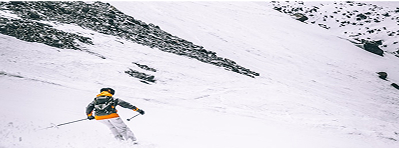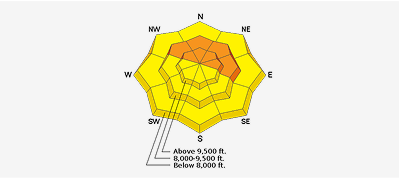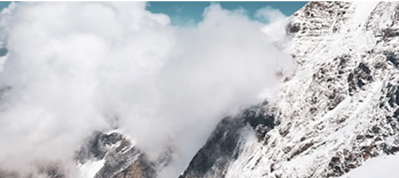Forecast for the Ogden Area Mountains

Issued by Nikki Champion on
Tuesday morning, March 25, 2025
Tuesday morning, March 25, 2025
This morning, avalanche danger is MODERATE but may increase to CONSIDERABLE on west, south, and east-facing slopes, as well as lower-elevation north-facing aspects, where wet snow avalanches are likely with daytime warming. The danger will rise throughout the day, with steep gullies on south and west aspects being most prone to naturally triggered wet snow avalanches.
Other aspects and elevations will remain MODERATE, with the potential for stubborn human-triggered wind-drifted avalanches on steep slopes.
Start early, monitor for signs of warming, and exit solar slopes before they become unstable. Be prepared to adjust your plan based on current conditions.
Start early, monitor for signs of warming, and exit solar slopes before they become unstable. Be prepared to adjust your plan based on current conditions.

Low
Moderate
Considerable
High
Extreme
Learn how to read the forecast here








